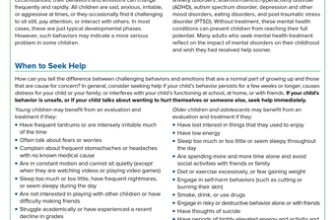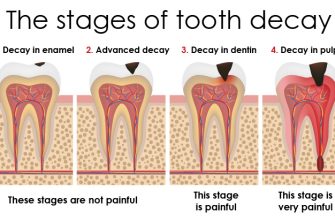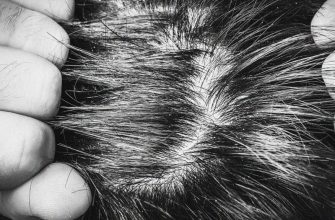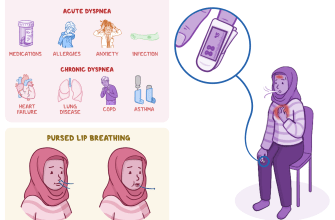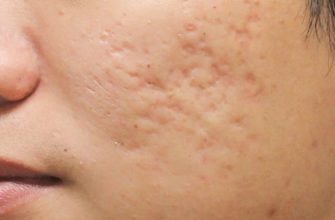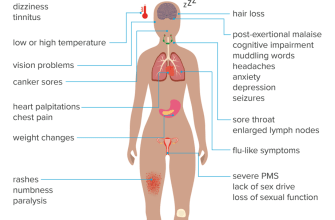Cracking joints can be a common occurrence for many individuals, causing discomfort and sometimes even concern. The cracking sound that accompanies joint movement can be unsettling, leading people to wonder what causes it and how they can find relief. In this article, we will explore the various factors that contribute to cracking joints and provide valuable insights on how to alleviate this symptom.
The Science Behind Cracking Joints
Before delving into the causes and remedies, it is essential to understand the science behind cracking joints. When a joint is moved, such as when you bend your finger or rotate your ankle, the pressure within the joint changes. This change in pressure can cause the formation of tiny gas bubbles within the synovial fluid that lubricates the joint.
When these gas bubbles rapidly collapse or burst, they produce the characteristic cracking sound. This phenomenon is known as cavitation and is similar to the sound produced when opening a bottle of carbonated beverage. It is important to note that cracking joints are generally harmless and do not indicate any underlying medical condition.
Causes of Cracking Joints
1. Normal Joint Movement
One of the primary causes of cracking joints is simply the normal movement of the joint. As mentioned earlier, the change in pressure within the joint can lead to the formation and collapse of gas bubbles, resulting in the cracking sound. This is particularly common in the fingers, knees, and ankles.
2. Tight Muscles and Tendons
Tight muscles and tendons can also contribute to cracking joints. When these soft tissues are tight, they can pull on the joint, causing it to move in a way that promotes the formation of gas bubbles. Stretching exercises and regular physical activity can help alleviate tightness and reduce joint cracking.
3. Age-related Changes
As we age, the cartilage that cushions our joints may undergo wear and tear, leading to changes in joint mechanics. These age-related changes can increase the likelihood of joint cracking. While this is a natural part of the aging process, maintaining a healthy lifestyle and engaging in joint-friendly exercises can help minimize discomfort.
Relieving Cracking Joints
1. Gentle Stretching and Exercise
Regular stretching and exercise can help improve joint flexibility and reduce cracking. Engaging in activities such as yoga or Pilates can be particularly beneficial as they focus on gentle movements that promote joint mobility. It is important to start slowly and listen to your body to avoid overexertion.
2. Applying Heat or Cold
Applying heat or cold to the affected joints can provide temporary relief from cracking. Heat helps relax the muscles and increase blood flow, while cold numbs the area and reduces inflammation. Experiment with both methods to determine which works best for you.
3. Maintaining a Healthy Weight
Excess weight can put additional stress on your joints, increasing the likelihood of cracking. By maintaining a healthy weight through a balanced diet and regular exercise, you can reduce the strain on your joints and alleviate discomfort.
4. Avoiding Repetitive Movements
Repetitive movements can exacerbate joint cracking, especially if they involve excessive force or strain. If possible, try to vary your movements and take breaks to give your joints a rest. This is particularly important for individuals who engage in activities that require repetitive motions, such as typing or playing musical instruments.
5. Seeking Medical Advice
If your joint cracking is accompanied by pain, swelling, or limited mobility, it is advisable to seek medical advice. While cracking joints are generally harmless, these symptoms may indicate an underlying condition that requires attention. A healthcare professional can provide a proper diagnosis and recommend appropriate treatment options.
Conclusion
Cracking joints can be a source of discomfort and concern for many individuals. However, it is important to remember that in most cases, joint cracking is harmless and does not require medical intervention. By understanding the science behind cracking joints and implementing the suggested remedies, you can find relief and improve your overall joint health. Remember to listen to your body, maintain a healthy lifestyle, and seek medical advice if necessary. With these strategies, you can crack the code to a more comfortable and mobile life!

